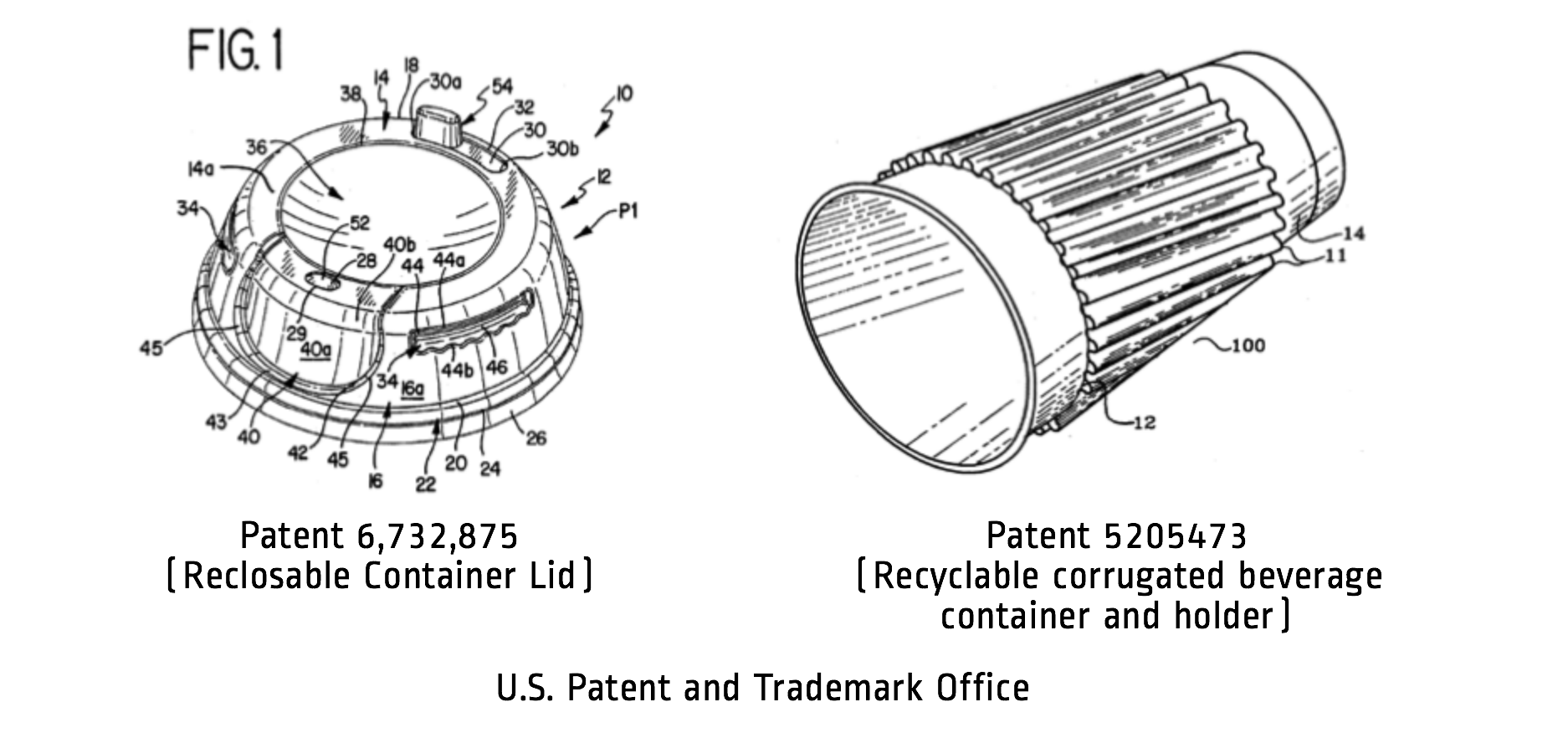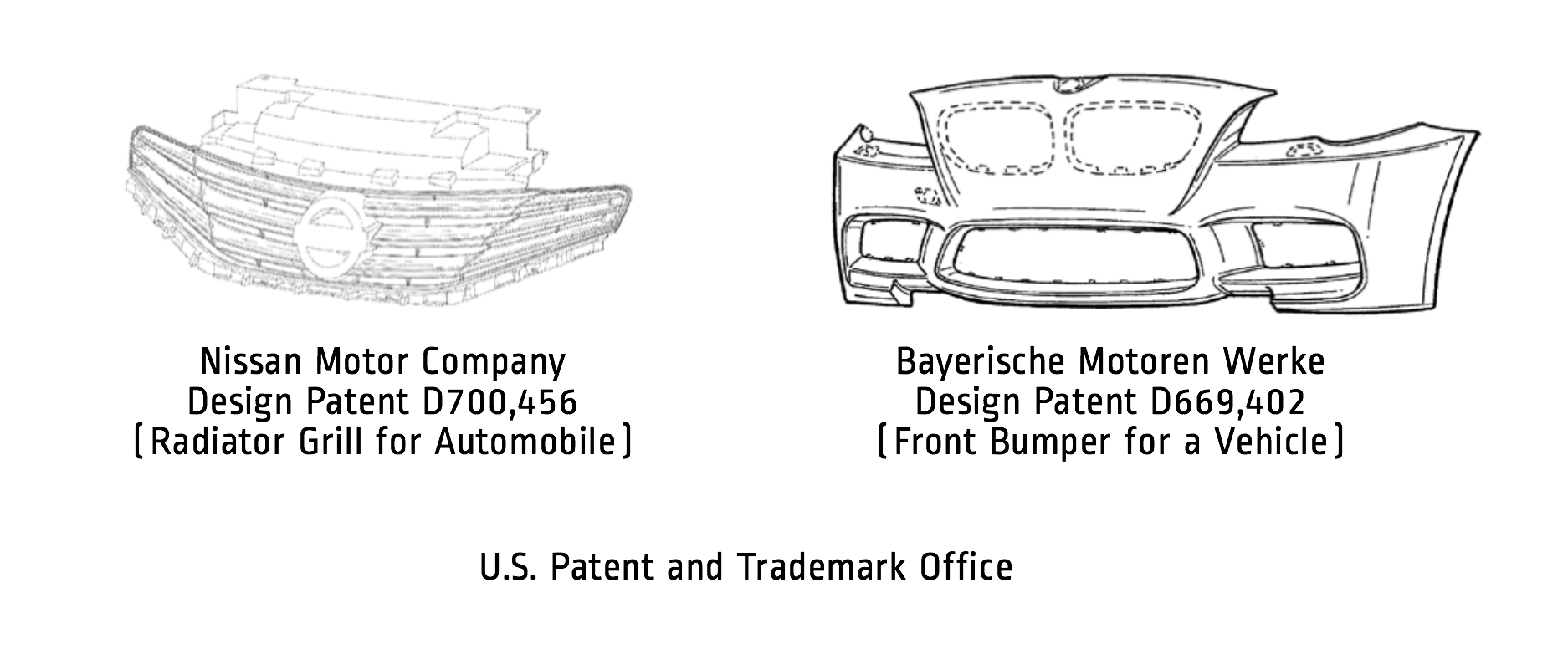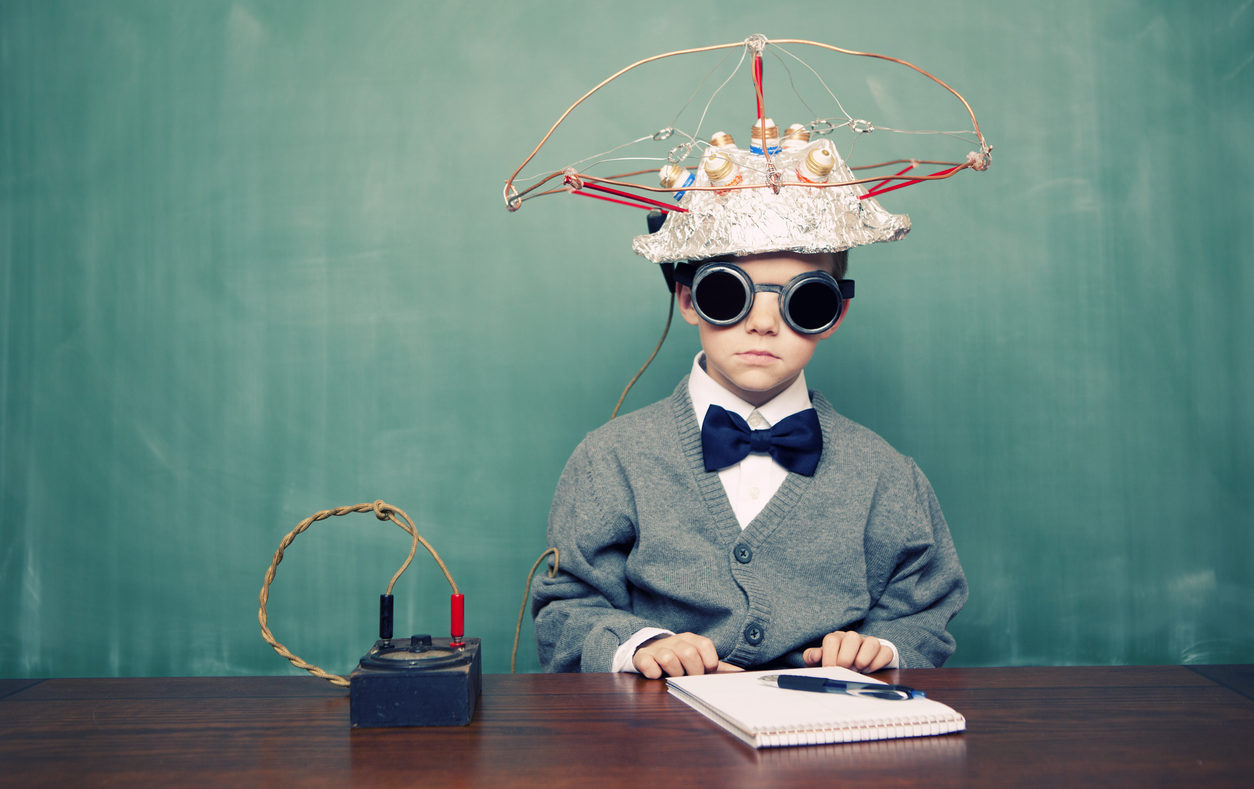Published 05 January 2017
Most good ideas require intellectual property (IP) protection if they are to play a key role in driving customer sales. We interact with IP every day with little to no conscious thoughts.
Most good ideas require intellectual property (IP) protection if they are to play a key role in driving customer sales. In a future Essential, we’ll look at how individual inventors and businesses develop products and services with IP in mind.
On the consumer side, we know more than we think we do about IP. We use IP, interact with IP, and recognize IP probably thousands of times every day with little to no conscious thought when we text on our cell phones, slip a sleeve onto our hot coffee cups, notice the style of cars passing on our commute, pick a brand of potato chip for lunch, and walk down the aisle of a grocery store.
Inventions, “brands,” and logos settle into the landscape of daily life. Let’s consider the basic forms of IP that are the building blocks of legal protections for the things we consume daily as these are areas of IP typically treated by specific disciplines in trade agreements.
Your Cell Phone
There are more mobile connections globally than there are people on the planet. Each of our cell phones contains a bevy of IP. The one on my desk has two logos, one for the manufacturer of the phone and one for the company that provides the cell service. These are legally protected trademarks owned by these two respective companies.

We use our phones to perform an increasing number of functions, paying bills, making cat videos, and ordering lattes before arriving at our favorite barista. The codes written for programs on the phone can be protected by copyright in the same way the text and images in a “literary” work like a book are protected.
When engineers and designers develop new and useful improvements in the phone’s capabilities (for example, the leap from making a call to connecting to the internet and receiving or sending data, or miniaturizing components and adding a camera), these functions and features could qualify for a patent. Smartphone technologies encompassed as many as 250,000 patents three years ago. At the pace of change in mobile technologies and growth of machine-to-machine applications, this number is likely a significant underestimation of patents granted as of today.
Your Coffee Cup
Patents are often difficult to spot because the technologies are embedded inside a phone, a jet engine, or a household appliance. Others are right in the palm of our hands every day.

Most to-go cups have a plastic lid with just an opening indicated by #52 on the image above. The addition of a raised piece that swivels, seen at #54 on the image, allows the hole to open or close, making the development worthy of patent protection. The sleeve depicted above earned Patent 5,205,473 as a “recyclable corrugated beverage container and holder”.
We rightly revere massive advances, for example, in the form of pharmaceuticals that alleviate suffering from disease. But patentable innovations are not limited to the fruits of grand scientific discovery. Anyone with insight into making something function better or differently may be able to obtain a patent for their innovation.
Your Wheels

Can you tell that the first image is the front end of a Nissan and the second is a BMW? Both companies obtained design patents (referred to as “industrial designs” in many other countries).
Of course, automobiles are complex machines that house many patented technologies from parts to safety features to displays and diagnostics, and the logo is usually emblazoned on the front, but it’s often the grill ensures you can admire their latest models by instantly recognizing their brand as drivers pass you on the road.
Your Bubbly
Individuals and companies don’t want to share their secret sauce and risk losing their market advantage. Trade secrets enable them to keep this information away from competitors. Coca-Cola has famously kept its recipe in a vault for 125 years. Trade secrets range from new formulas for paints, software and equipment to regulate the flow of electricity to wind turbines, and seeds that resist drought and pests.
A more adult bubbly, Champagne, is a famous example of a geographical indication.
Champagne is a sparkling wine that originates from a specific region of France and made using a specific method and has a reputation the French have fought hard to protect.
This type of IP has been hotly debated in trade policy discussions between the United States and Europe and it extends far beyond the bubbly toward many of our favorite food products like cheeses. Europe says “feta” and “parmesan”, for example, are designations only cheese makers from Greece and Italy may use. The good folks from Kentucky consider “bourbon” to be uniquely American.
Globalizing IP Protections
Global trade means that today’s consumers are more aware of brands (trademarks) than ever before; more connected than ever before by devices with a multitude of programs and apps (copyrights); and enjoy a higher quality of life offered by smart products (patented functions).
The United States has built a strong legal and regulatory framework for protecting the intellectual property rights, which benefits the creators and consumers. Most other nations similarly protect creations under through their national frameworks, but there are important differences in the levels of protection and approaches to enforcing those protections.
Through agreement on the Trade-Related Aspects of Intellectual Property Rights (known as TRIPS) in the World Trade Organization, member countries established a common set of minimum protections that generally must be afforded to IP rights owners in other member
Feature photo credit: iStock by Getty Images/RichVintage
© The Hinrich Foundation. See our website Terms and conditions for our copyright and reprint policy. All statements of fact and the views, conclusions and recommendations expressed in this publication are the sole responsibility of the author(s).




